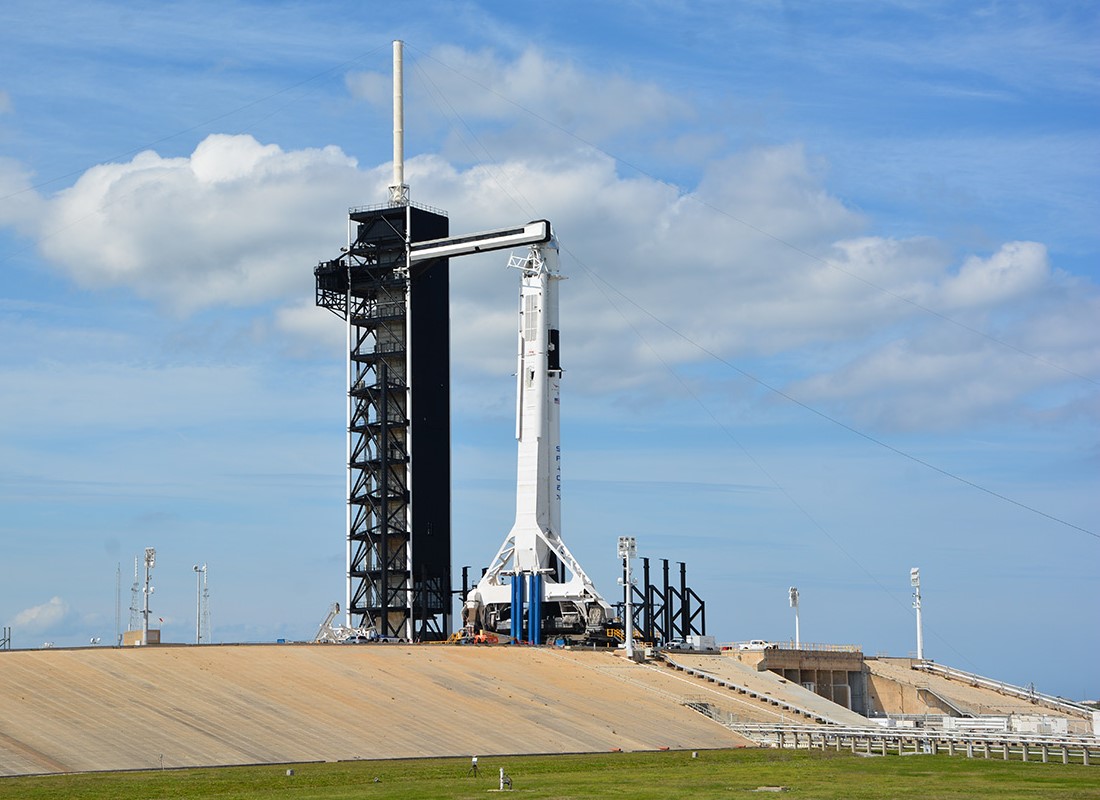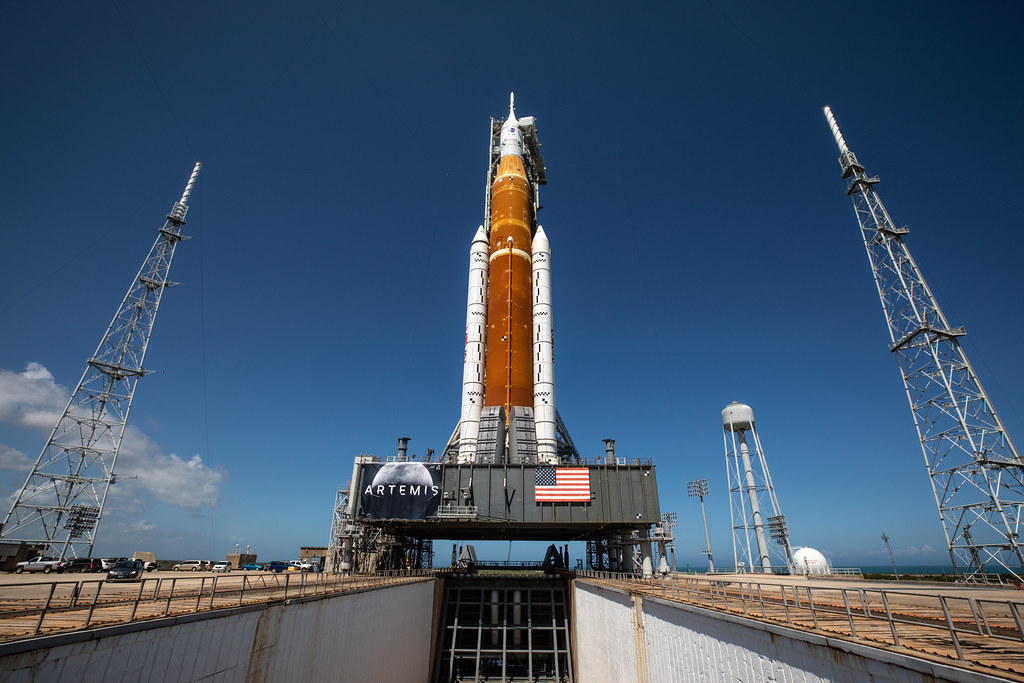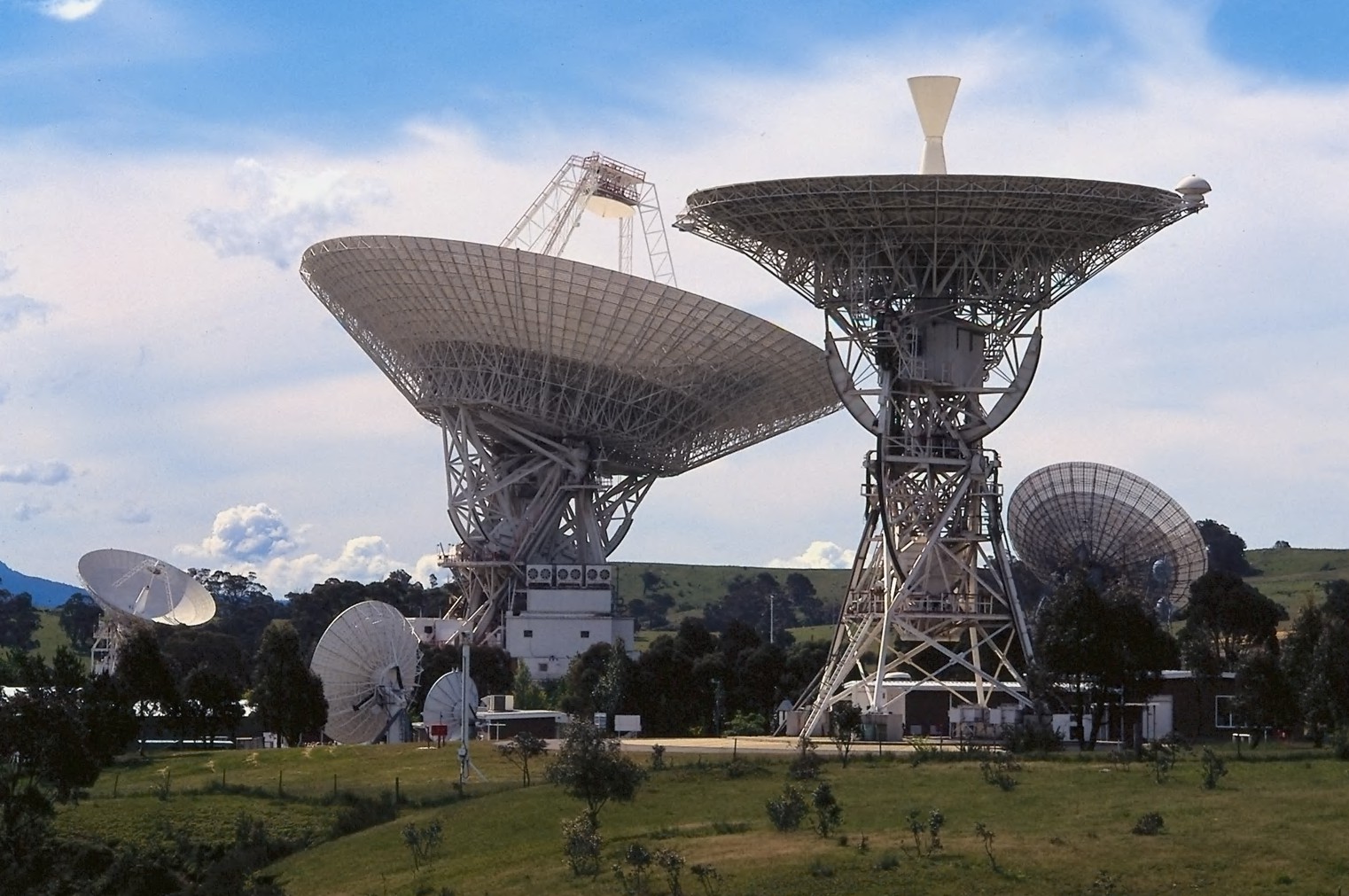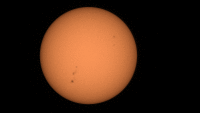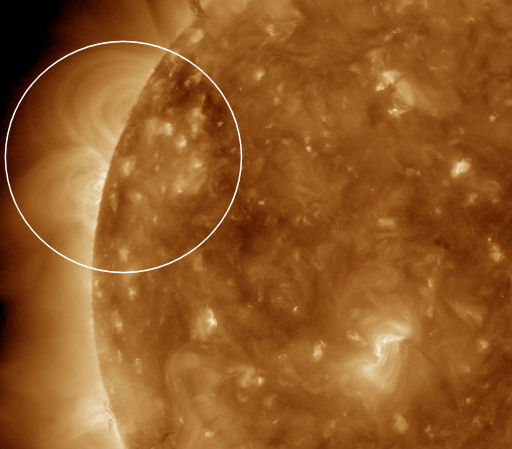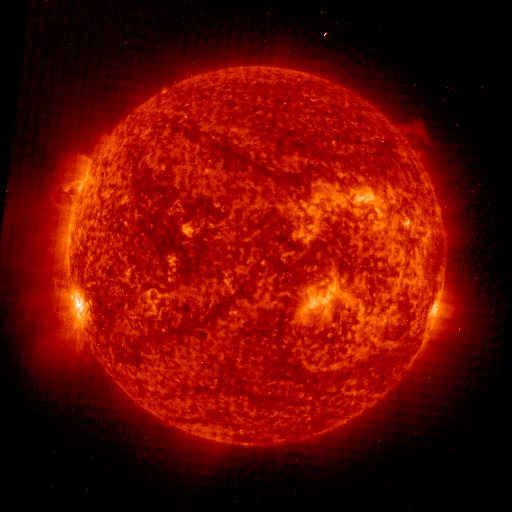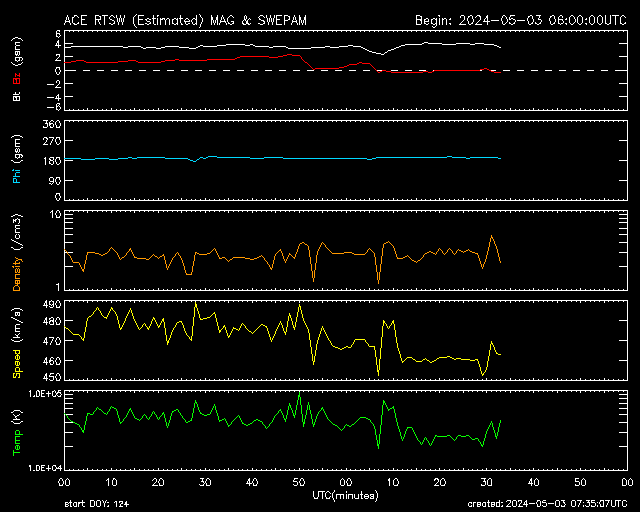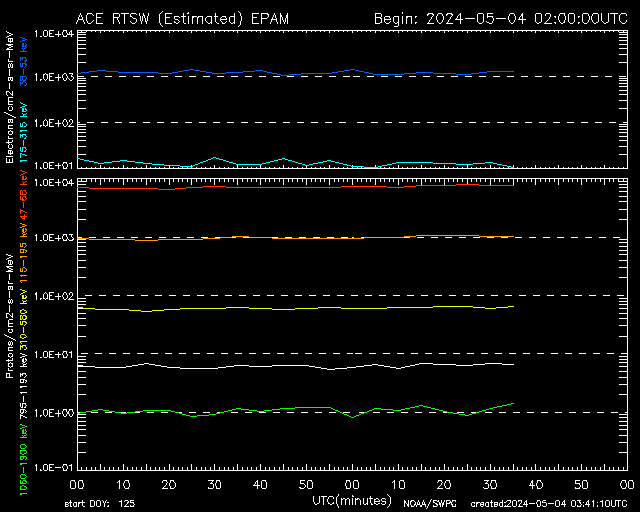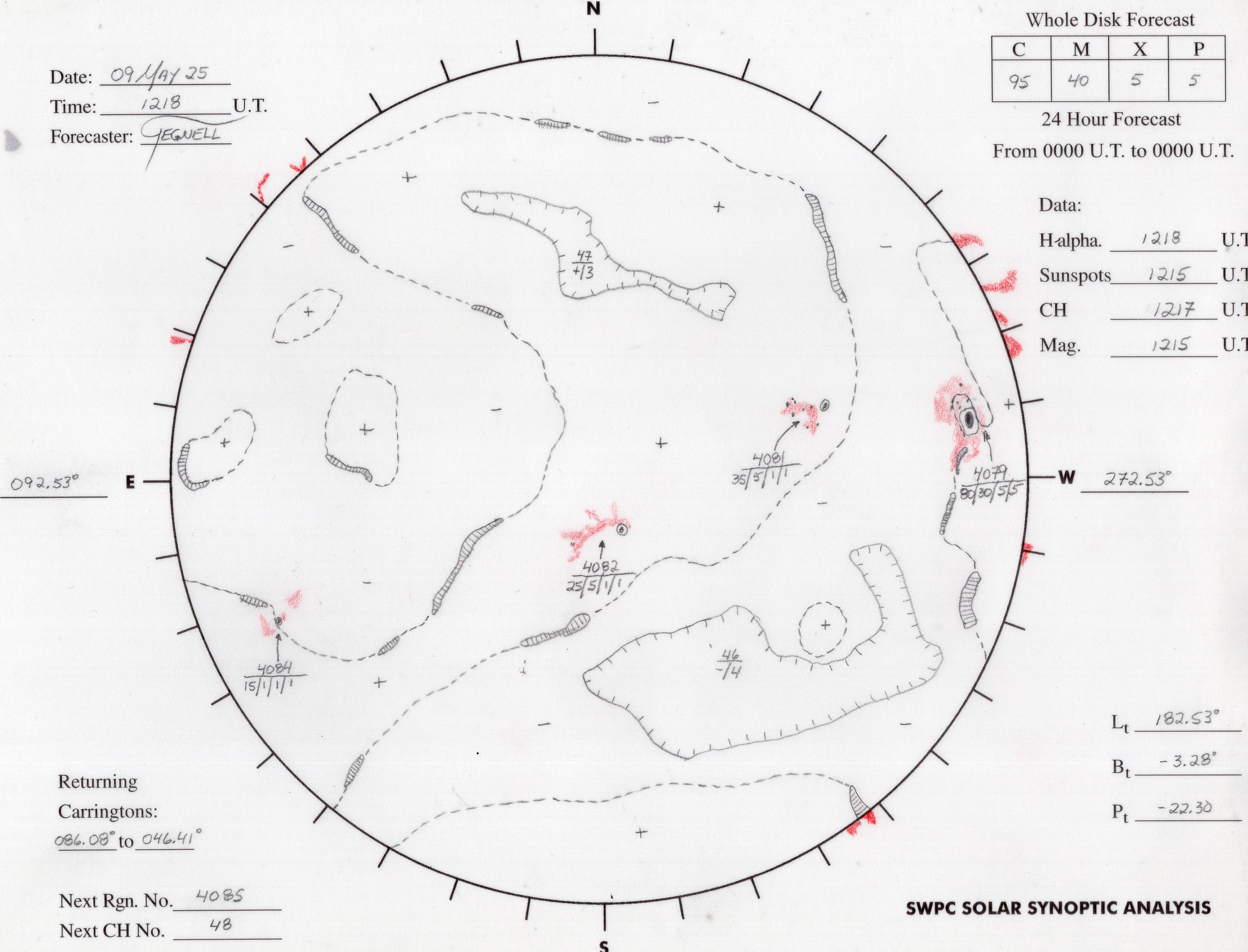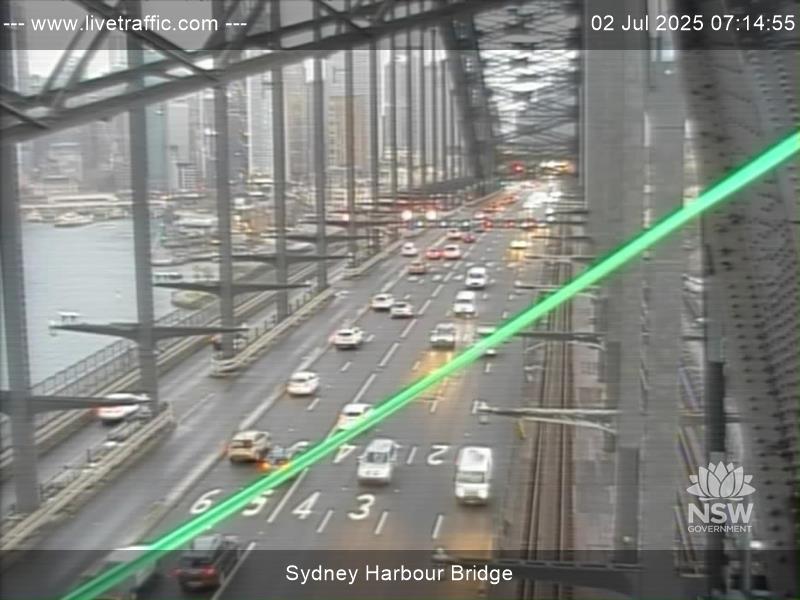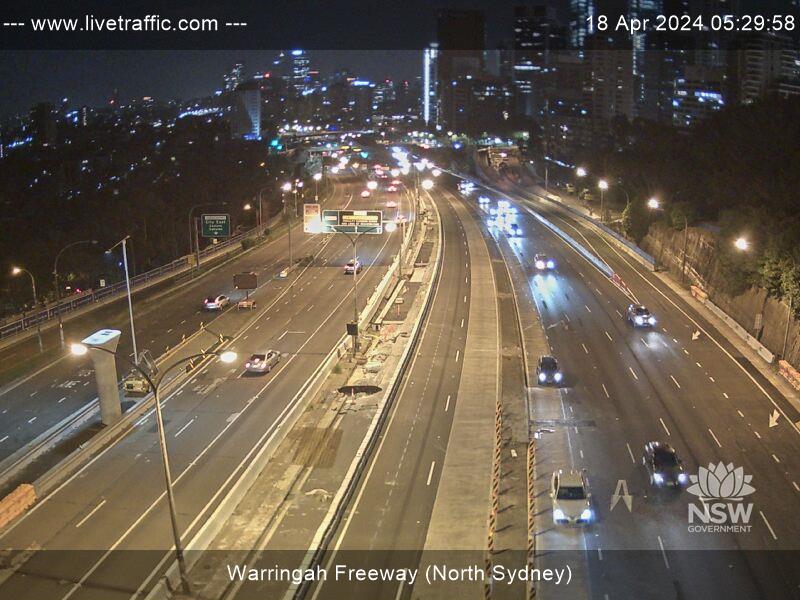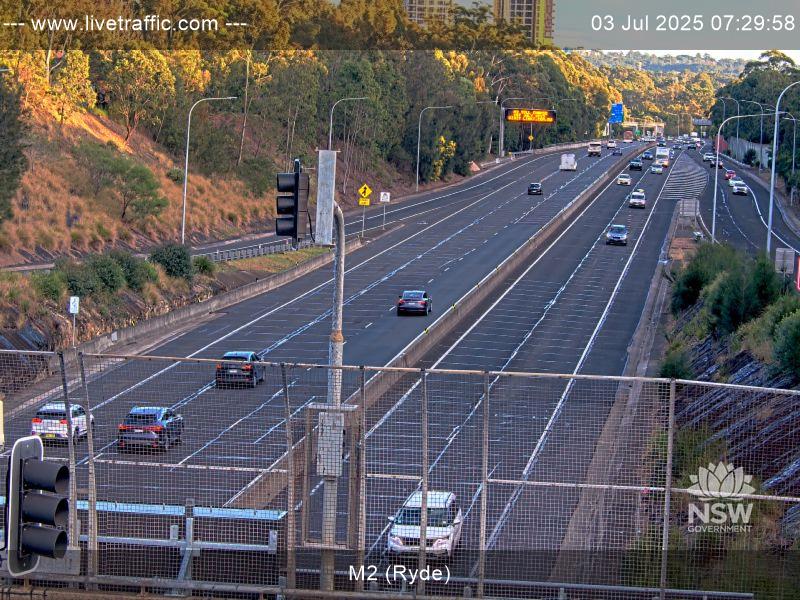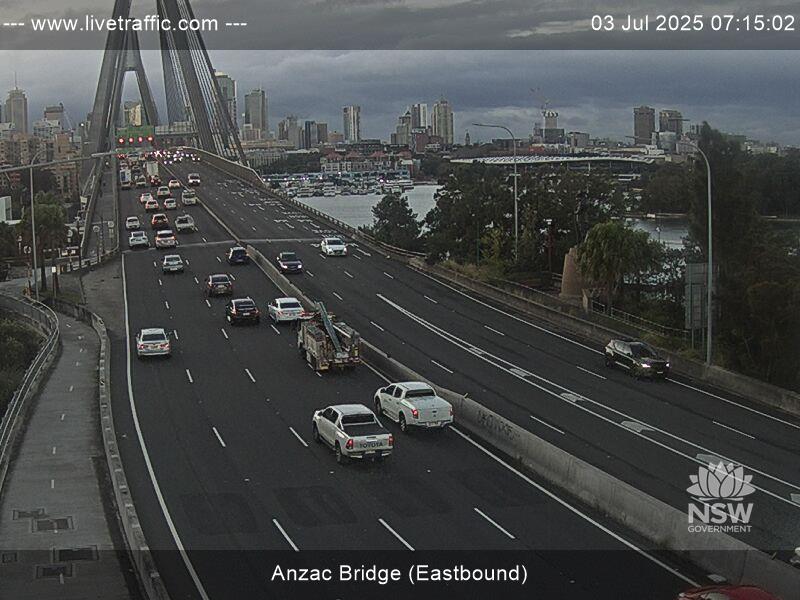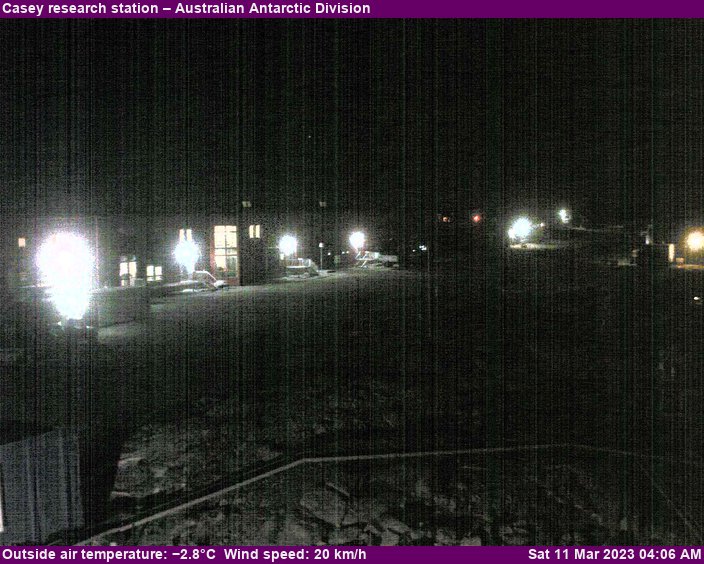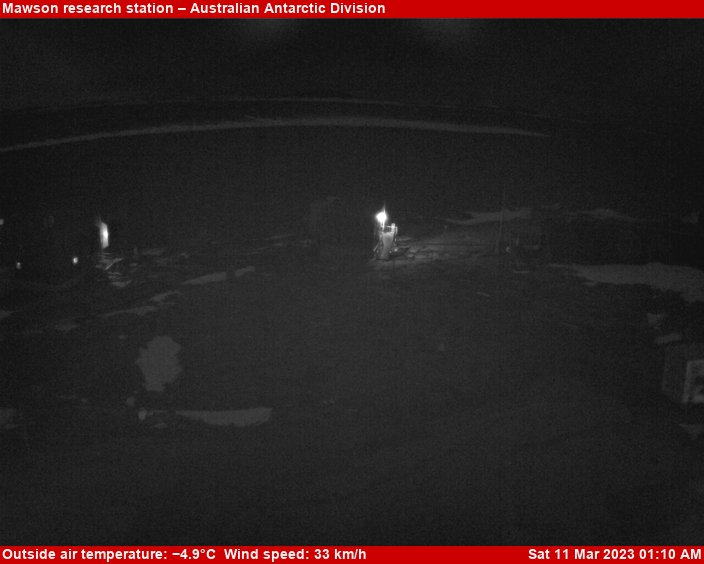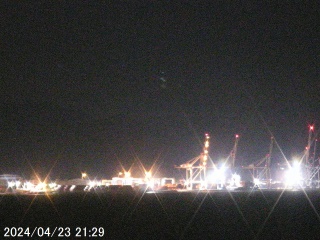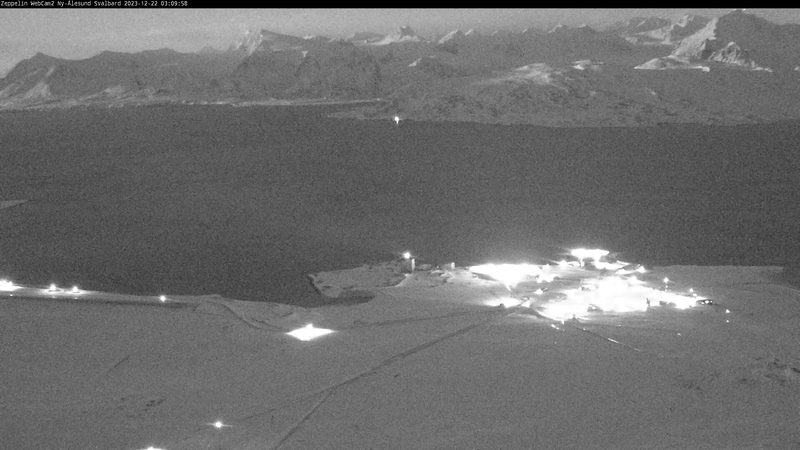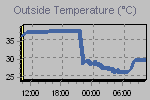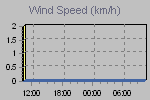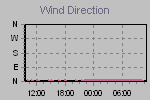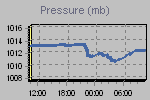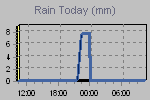On Saturday, October 14th, an annular eclipse will be visible across much of North, Central, and South America. Although Perseverance won't see this event from Mars, it’s no stranger to Martian eclipses.
Mars has two moons, Phobos and Deimos, which are both significantly smaller than Earth's Moon. When directly overhead, Phobos appears about one-third the size of our full Moon, while Deimos looks about one-twelfth the size, appearing merely as a dot when passing the sun. Neither moon is large enough to fully cover the sun, so all eclipses on Mars are annular eclipses, where the sun appears as a ring of light around the dark moon. These events are also known as transits.
Perseverance last observed a transit of Phobos on November 25th, 2022 (Sol 628) and a transit of Deimos on December 4th, 2022 (Sol 637) using its Mastcam-Z instrument, atop its Remote Sensing Mast. Just as our eyes require protection to view an eclipse, Mastcam-Z does too. It’s equipped with Neutral Density Filters, which function in a similar way to eclipse glasses and allow only 0.0001% of light to reach the left camera and 0.001% of light to reach the right camera. In fact, Mastcam-Z’s ND filters surpass the protection of standard eclipse glasses on Earth, which should allow no more than 0.0032% of light to pass through.
As people on Earth turn their eyes to the eclipse, Perseverance remains focused on exploring Mars. Following a set of drives, Perseverance arrived at a location called Turquoise Bay on October 3rd, 2023 (Sol 932). The rover then commenced a series of proximity science and remote science observations, including an abrasion of a rock target dubbed Bills Bay on October 6th, 2023 (Sol 935). The team is eagerly looking forward to continuing Perseverance’s journey to Jurabi Point in the upcoming weeks.
Written by Matthew Brand, SuperCam/ChemCam Engineer at Los Alamos National Laboratory
